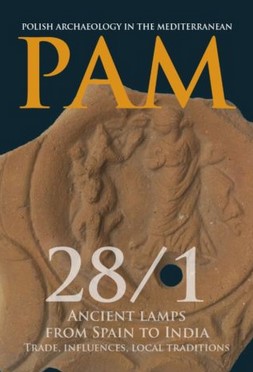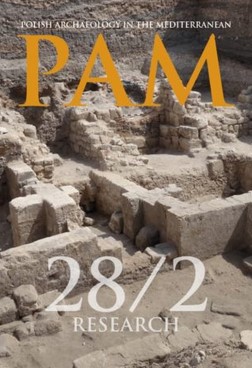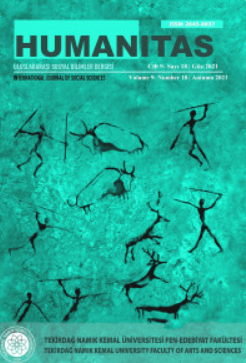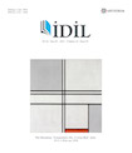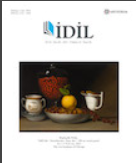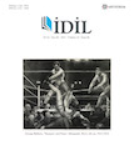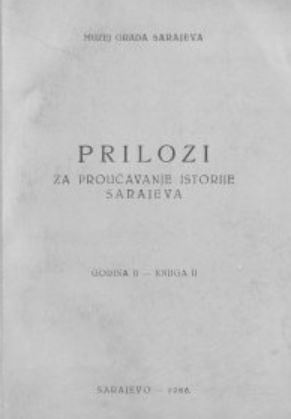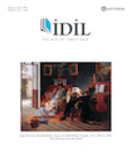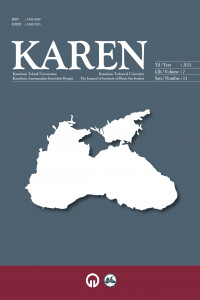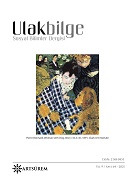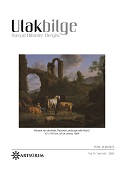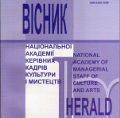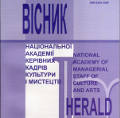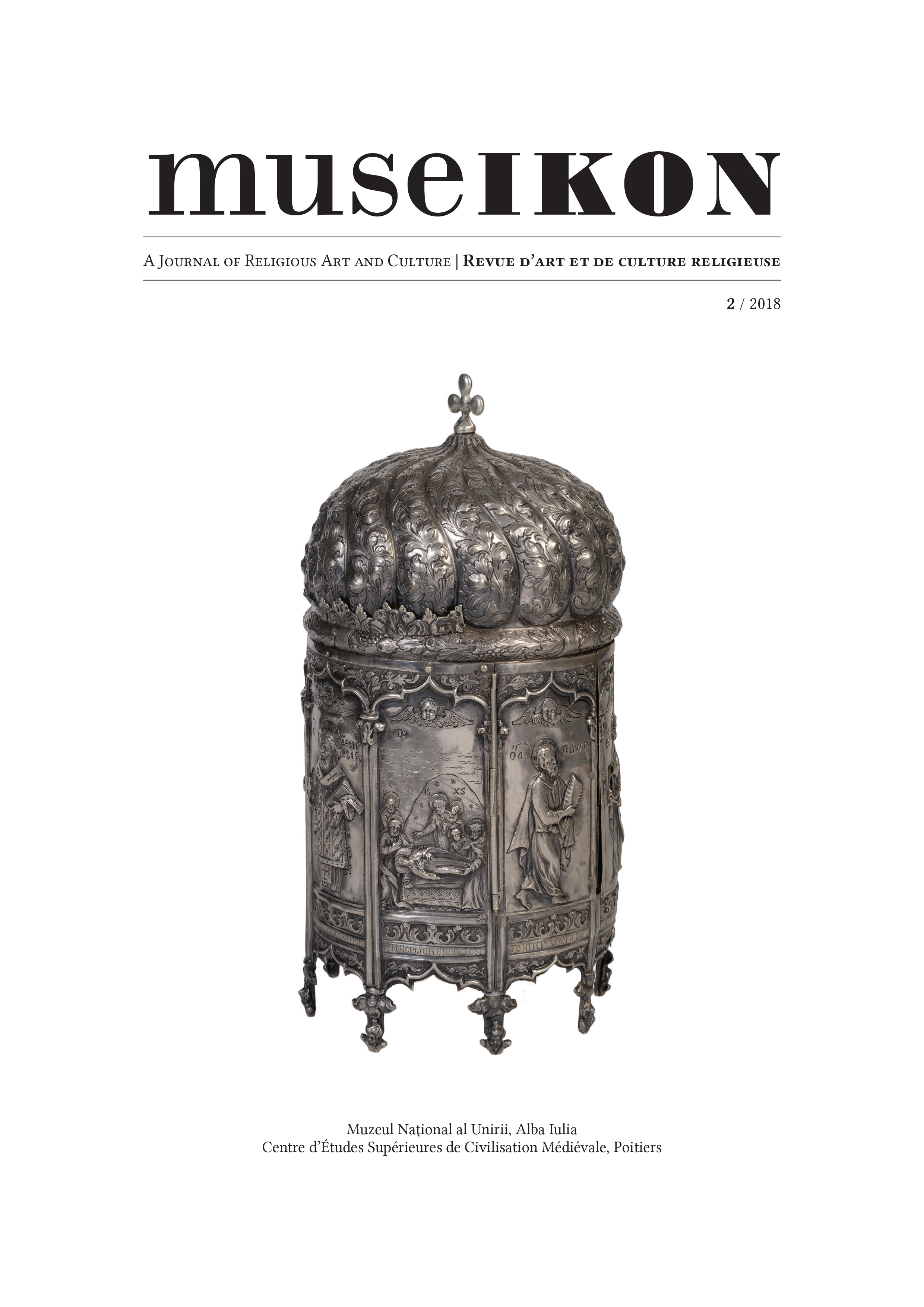
État de l’art des livres et objets sacrés ayant appartenu à saint Anthime d’Ivir
The life and work of saint hierarch and martyr Anthim the Iberian become gradually well-known as new testimonies bring forth further pieces of information or correct some approximate or erroneous ones. There are many known aspects concerning the typographical activity of this learned metropolitan of Wallachia. Less well known are the liturgical objects he donated to various holy places or the personal belongings of the great hierarch. Some of them have been mistakenly assigned, others have been recently discovered. This study presents an inventory of the most important cult objects and books, as well as the personal belongings which may be linked to the name of the saint hierarch and martyr, while advancing also some new hypotheses. An additional merit of this study is that of bringing to light a series of Anthimian testimonies kept in forgotten museums and libraries, inaccessible to the public.
More...
